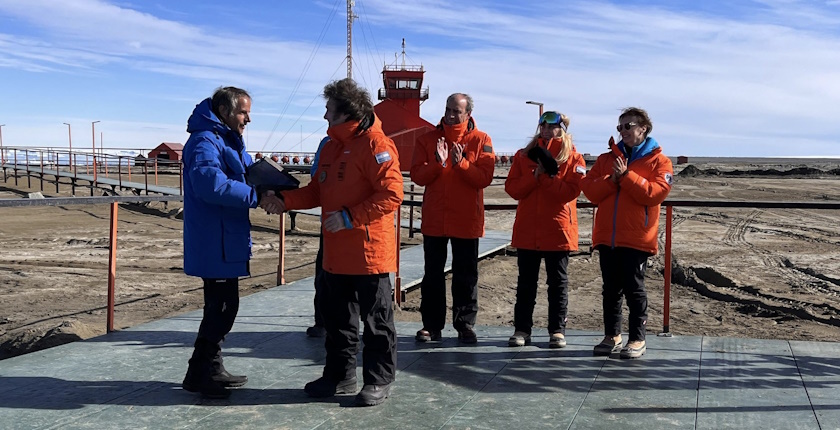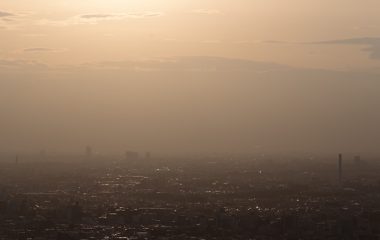
Foto: IAEA
The International Atomic Energy Agency (IAEA), in collaboration with Argentina, has sent its first scientific research expedition to study the presence of microplastics in Antarctica.
As part of its Nuclear Technology for Controlling Plastic Pollution initiative (NUTEC Plastics), the IAEA has dispatched an expedition to investigate the presence and distribution of microplastics on the southernmost continent, Antarctica.
Through a network of plastic monitoring laboratories, NUTEC Plastics uses nuclear and isotopic techniques to gather data on the spread of microplastics in the sea, as well as to sample and analyze the prevalence of microplastics in the environment.
Microplastics are tiny pieces of plastic, less than five millimeters in size, typically originating from larger objects that break up.
Grossi: The international community still lacks the scientific data needed to make informed decisions
The expedition, conducted in collaboration with Argentina, will research the territory of Antarctica over which the country claims sovereignty. Argentine President Javier Milei and IAEA Director General Rafael Mariano Grossi joined the IAEA scientific team at the Argentine Antarctic bases Marambio and Esperanza to officially kick off the mission.
“Microplastics are a global problem, but the international community still lacks the scientific data needed to make informed decisions,” said Grossi. The goal of the NUTEC Plastics initiative is to study the origin, movement, and impact of plastic to contribute to its resolution, he explained.
Two IAEA experts will spend the next month measuring the presence of microplastics at 22 locations near the Carlin research base in Antarctica.
Researchers will collect seawater samples from 12 locations, sediment samples from four sites, three samples from lakes, and samples from three different sandy beaches. They will also measure the presence of microplastics in organisms – clams and limpets, and from penguin feces.
Microplastics contribute to accelerated ice loss in Antarctica
Microplastics can contribute to accelerated ice loss in Antarctica, according to the IAEA. It reduces the reflectivity of ice, alters surface roughness, acts as a thermal insulator, contributes to the mechanical weakening of the ice structure, and enhances conditions for microbial reproduction.
Additionally, microplastics enter the Antarctic food chain, negatively impacting the health of organisms and their resilience to climate change.
The first evidence of microplastic presence was found in Antarctic coastal ice in 2009 when researchers from the University of Tasmania sampled sea ice in East Antarctica.
However, there is still almost no information about where and how much microplastics reach Antarctica. There is also very little data on the types of microplastics entering this area through ocean currents, atmospheric deposition, and human presence.
In a resolution from March 2022, United Nations member states committed to initiating negotiations on a new global agreement to ban plastic pollution, with the aim of formal adoption by 2025. The data collected by NUTEC Plastics will be crucial for decision-making, added the IAEA.
NUTEC Plastics contributes to addressing plastic pollution on two fronts. The first is the source of pollution, where introducing new technologies is expected to improve the recycling process. The second front is in the ocean, where most plastic waste ends up.


















Be the first one to comment on this article.